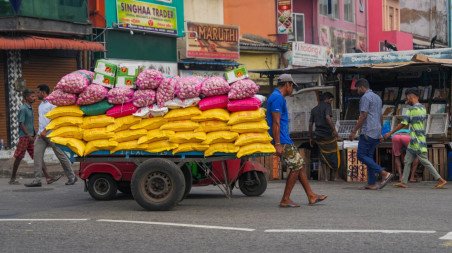Sri Lanka’s consumer prices dropped by 2.1 percent in November, marking the highest deflation rate since 1961, according to official data released on Saturday.
The island nation, grappling with economic instability, experienced severe shortages of consumer goods following a financial crisis in 2022, which drove inflation to nearly 70 percent that year.
Since then, a $2.9 billion bailout from the International Monetary Fund, along with tax increases and austerity measures, has begun to stabilize the economy.
“The headline inflation rate is expected to remain negative in the coming months, deeper than previously anticipated, primarily due to significant decreases in energy prices and a drop in volatile food prices,” Sri Lanka’s central bank stated.
The bank projected that inflation could return to its target of five percent in the near future.
Sri Lanka had already reported deflation rates of 0.8 percent in October and 0.5 percent in September.
President Anura Kumara Dissanayake, elected in September, has committed to continuing the IMF bailout program established by his predecessor, which includes raising taxes and reducing government spending.

